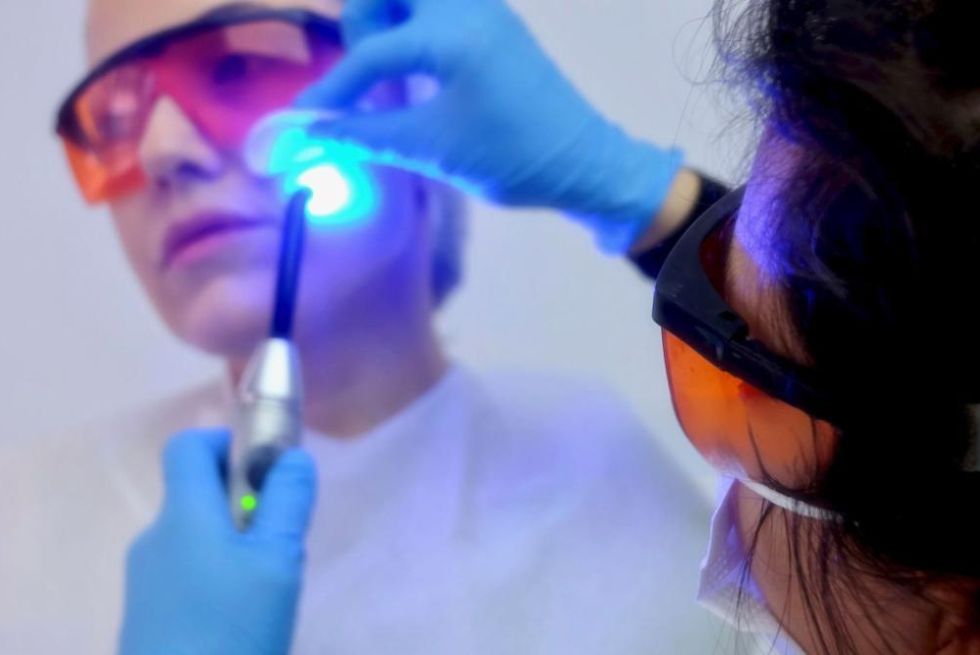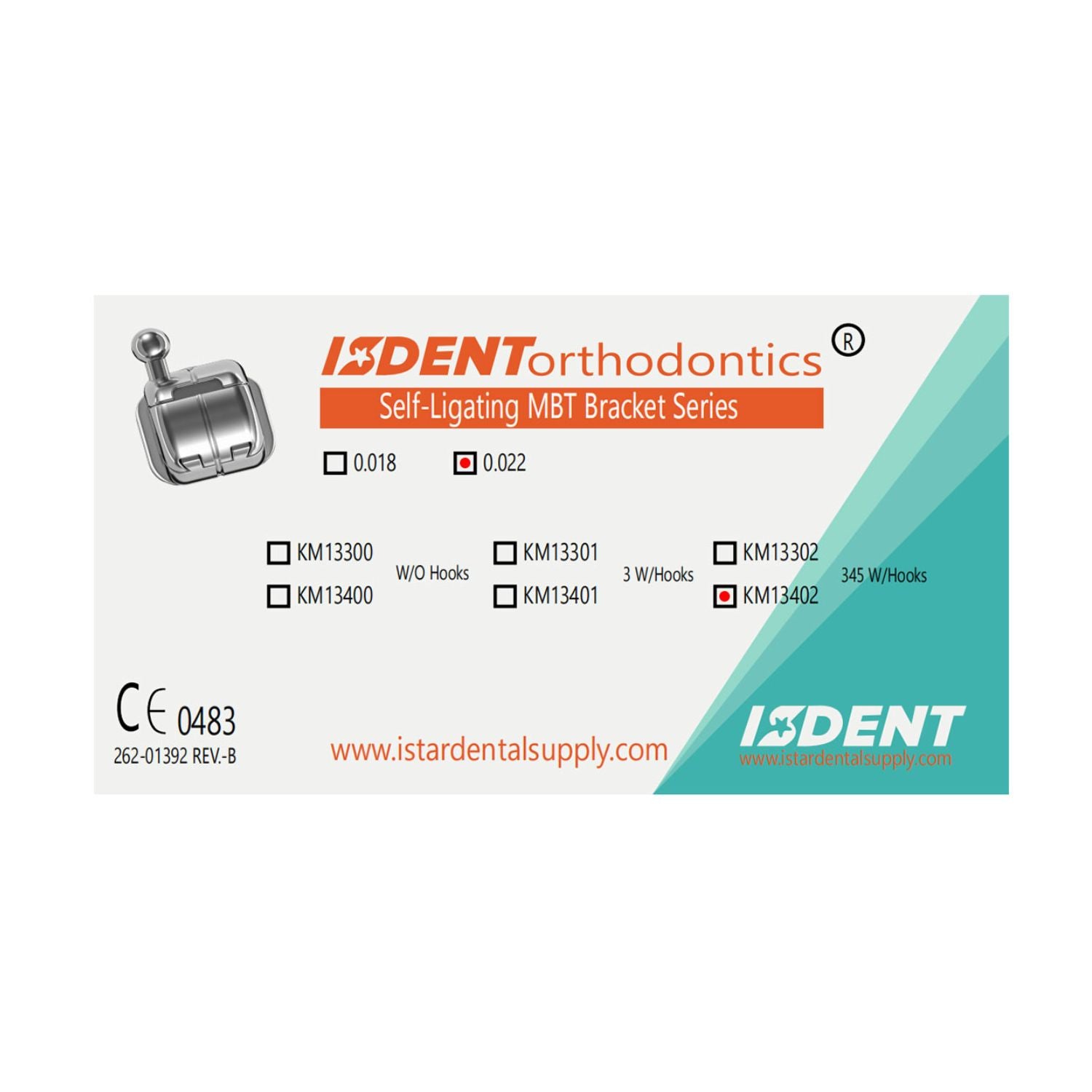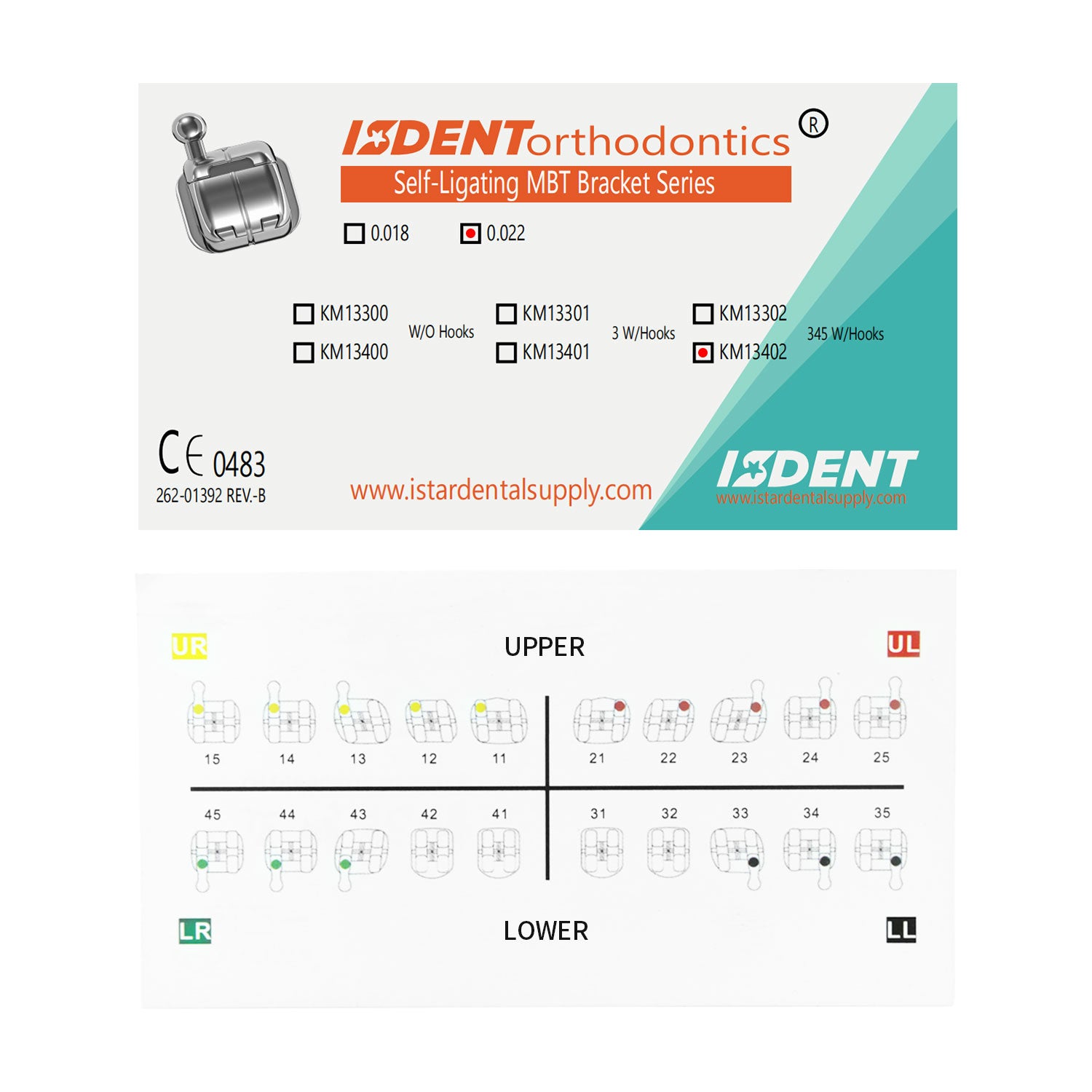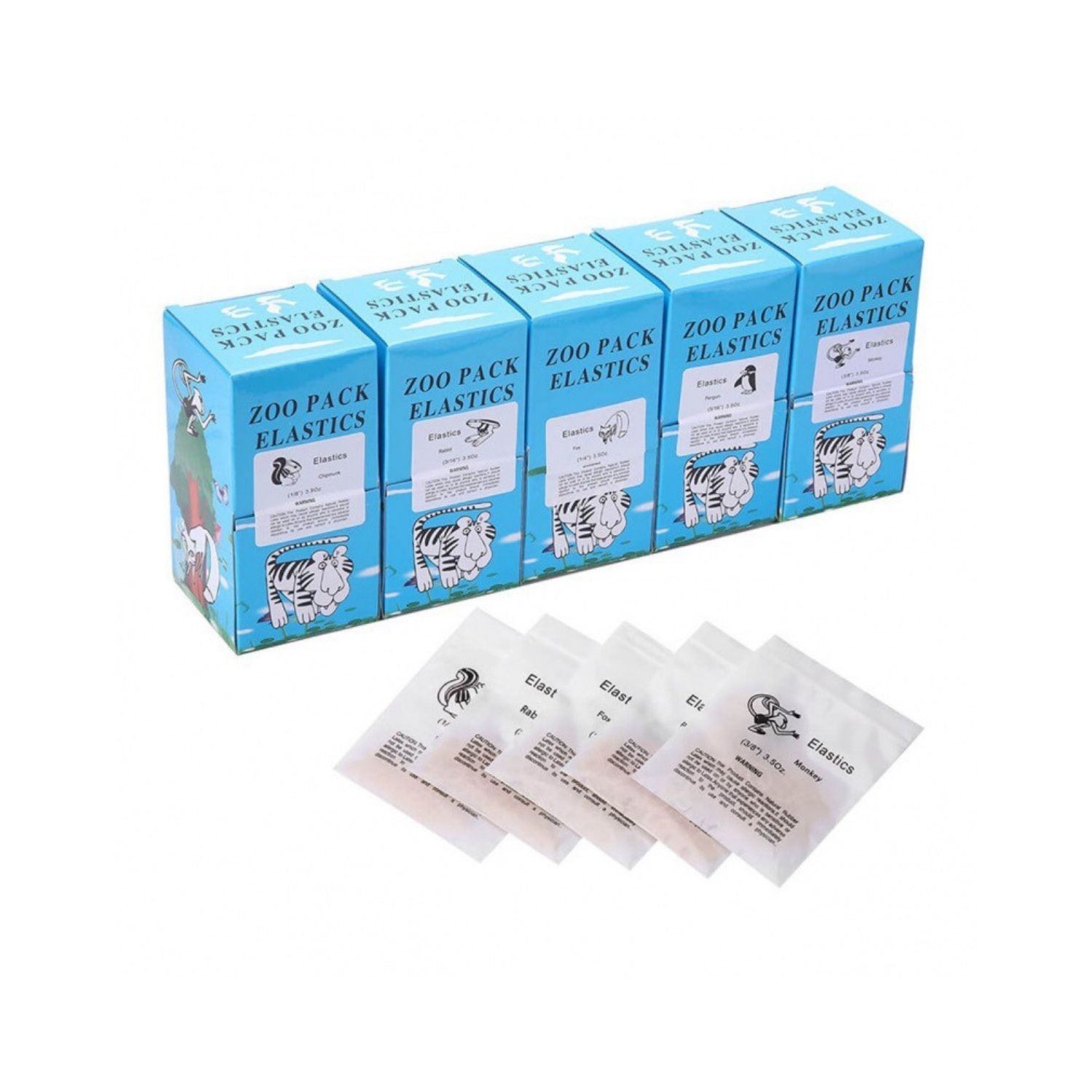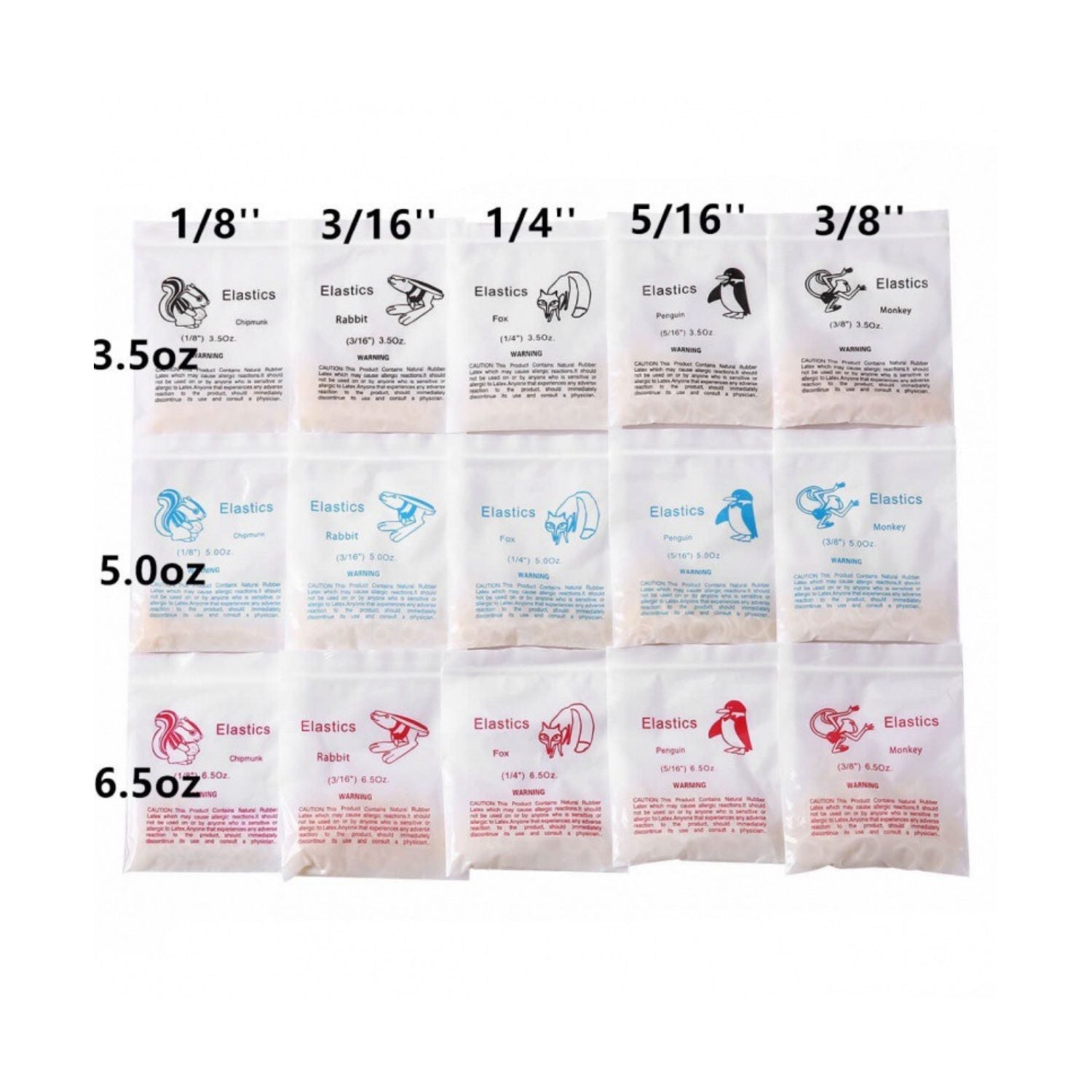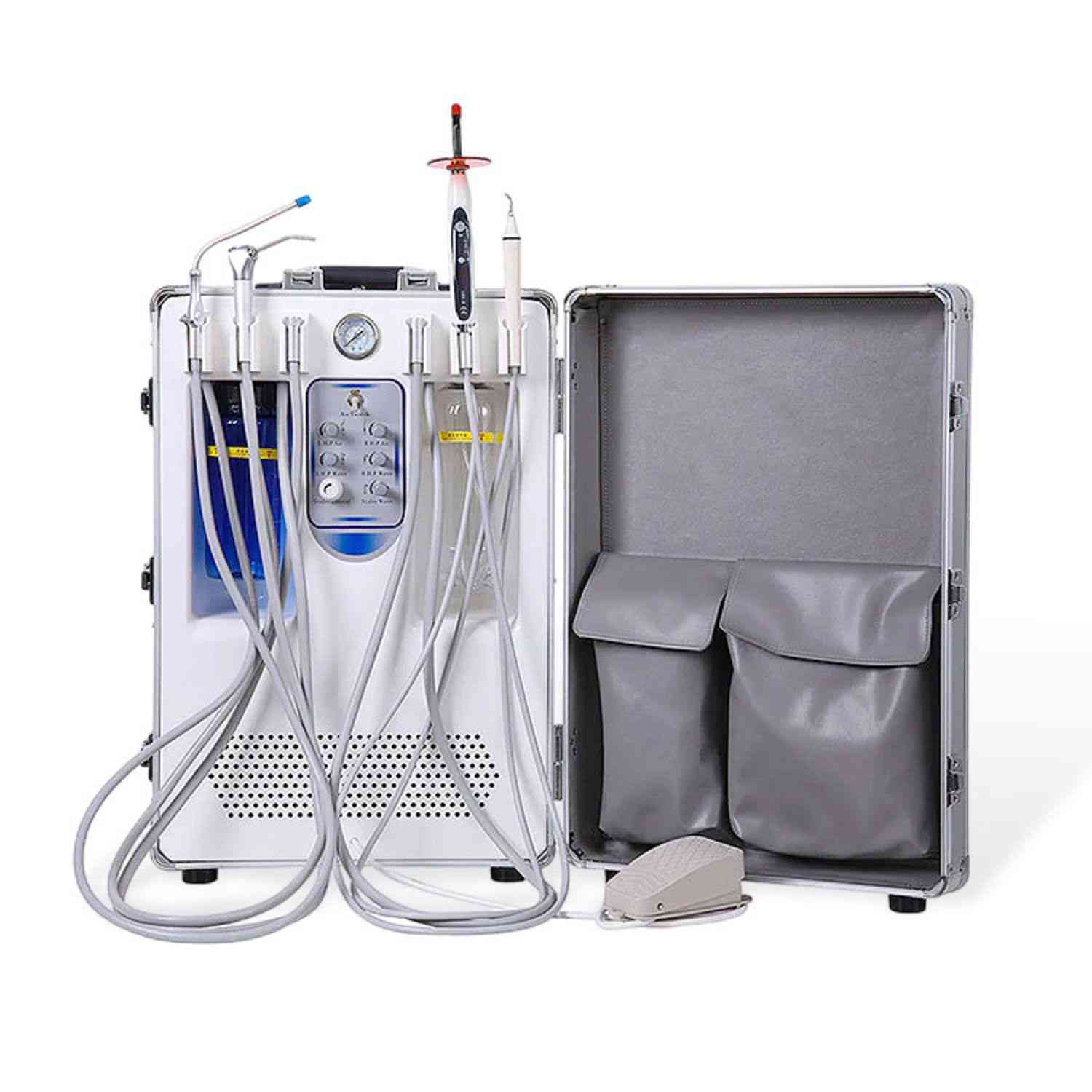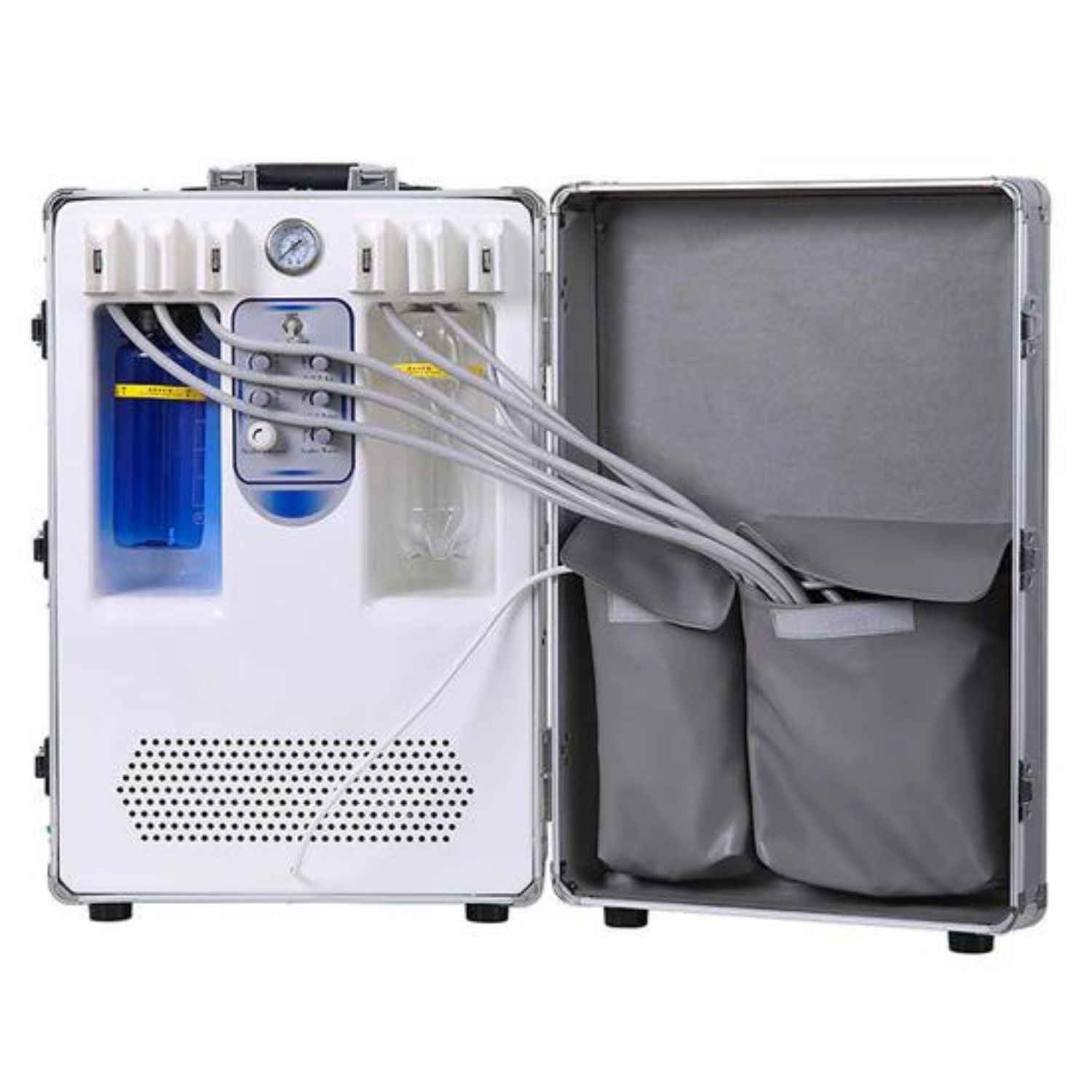Understanding Dental Curing Light Wavelength: Optimizing Polymerization for Superior Restorations
Introduction to Dental Curing Lights
Dental curing lights are indispensable tools in modern dentistry. They are essential for the polymerization of light-cured resins, composites, adhesives, and other dental materials. The effectiveness of these materials hinges on achieving proper and complete polymerization, and the wavelength of light emitted by the curing unit plays a critical role in this process. At ISTAR Dental Supply, we understand the science behind light curing and offer a range of high-quality LED curing lights designed to deliver consistent, reliable, and optimal results for your practice.
The Science Behind Light Curing: How it Works
Light-cured dental materials contain photoinitiators, molecules that absorb light energy at specific wavelengths. When exposed to light of the correct wavelength, the photoinitiator molecules enter an excited state and initiate a chain reaction, leading to the formation of free radicals. These free radicals trigger the polymerization process, causing the monomers (individual molecules) in the resin to link together and form long chains, creating a solid, hardened polymer network. This transformation from a viscous liquid or paste to a durable solid is what allows for the creation of strong and aesthetically pleasing dental restorations.

The Critical Role of Wavelength in Light Curing
Not all wavelengths of light are equally effective in initiating polymerization. Different photoinitiators are sensitive to different wavelengths. If the curing light's emitted wavelength doesn't match the absorption spectrum of the photoinitiator in the material, the polymerization process will be inefficient, incomplete, or may not occur at all. This can lead to a range of problems, including:
- Reduced Mechanical Properties: Incomplete polymerization results in a weaker restoration with lower flexural strength, compressive strength, and wear resistance.
- Increased Microleakage: Gaps can form between the restoration and the tooth structure, leading to secondary caries and sensitivity.
- Discoloration: Unpolymerized monomers can leach out over time, causing staining and compromising the aesthetic outcome.
- Biocompatibility Issues: Unreacted monomers can potentially irritate the pulp or surrounding tissues.
- Decreased Longevity: The restoration is more likely to fail prematurely, requiring replacement.
Common Photoinitiators and Their Absorption Spectra
Several photoinitiators are commonly used in dental materials. Here's a table summarizing some key examples and their peak absorption wavelengths:
| Photoinitiator | Peak Absorption Wavelength (nm) | Typical Wavelength Range (nm) |
|---|---|---|
| Camphorquinone (CQ) | 468 | 400-500 |
| Phenylpropanedione (PPD) | 410 | 380-430 |
| Lucirin TPO | 380 | 360-400 |
| Ivocerin | 410 | 370-460 |
Note: Camphorquinone (CQ) is the most widely used photoinitiator in dental composites.
The Optimal Wavelength for Dental Curing Lights
Based on the absorption spectra of common photoinitiators, the optimal wavelength range for dental curing lights is generally considered to be between 400 and 500 nm. This range covers the peak absorption of Camphorquinone (CQ), ensuring efficient polymerization of the majority of resin-based materials. However, some modern materials utilize alternative photoinitiators, such as Lucirin TPO or Ivocerin, that have peak absorption at lower wavelengths. For these, ensure you choose a curing light, such as our selection of orthodontic curing lights with broader spectrums.

Understanding Broad-Spectrum vs. Single-Peak LED Curing Lights
LED curing lights have largely replaced older halogen lights due to their superior efficiency, longer lifespan, and reduced heat generation. However, not all LED curing lights are created equal. They can be broadly categorized into two types:
- Single-Peak LED Lights: These lights emit a narrow band of light centered around a single peak wavelength, typically around 460-470 nm, optimized for CQ.
- Broad-Spectrum (Polywave) LED Lights: These lights utilize multiple LED emitters to produce a broader spectrum of light, typically covering a range from 385 nm to 515 nm. This broader spectrum allows them to effectively cure materials containing a wider range of photoinitiators, including those with lower wavelength absorption peaks.
"Choosing a broad-spectrum LED curing light offers greater versatility and ensures compatibility with a wider range of restorative materials, reducing the risk of under-curing." - Dr. Jane Smith, DDS, MS
Analyzing the Spectral Output: A Visual Representation
The following chart illustrates the difference between a single-peak and a broad-spectrum LED curing light:
Spectral Output Comparison
| Wavelength (nm) | Single-Peak LED | Broad-Spectrum LED |
|-----------------|-----------------|--------------------|
| 380 | Low | Moderate |
| 400 | Moderate | High |
| 420 | High | High |
| 440 | High | High |
| 460 | Peak | High |
| 480 | High | High |
| 500 | Moderate | Moderate |
| 520 | Low | Low |
As you can see, the broad-spectrum LED provides significant output across a wider range of wavelengths, ensuring compatibility with various photoinitiators.
Beyond Wavelength: Other Important Factors
While wavelength is crucial, other factors also influence the effectiveness of light curing:
- Light Intensity (Irradiance): Measured in mW/cm², higher intensity generally leads to faster and more complete polymerization. However, excessively high intensity can generate excessive heat, potentially damaging the pulp.
- Curing Time: The duration of light exposure is critical. Follow the material manufacturer's instructions carefully.
- Distance and Angle: The distance between the light tip and the restoration, as well as the angle of incidence, affect the amount of light energy reaching the material. Maintain close proximity and a perpendicular angle for optimal results.
- Light Guide Condition: A scratched or damaged light guide can significantly reduce light output. Ensure your dental curing light tip is clean and in good condition.

Frequently Asked Questions (FAQs)
Q: Can I use any curing light with any composite material?
A: While many curing lights are designed for broad compatibility, it's always best to check the material manufacturer's recommendations. Some materials may require specific wavelengths or intensities for optimal polymerization. Using a broad-spectrum LED light increases the likelihood of compatibility.
Q: How often should I test my curing light's output?
A: Regular testing with a radiometer is recommended, ideally every few months or as per the manufacturer's guidelines. This ensures that the light is delivering the expected intensity.
Q: What is the difference between blue light and violet light in curing lights?
A: Blue light (typically around 460-480 nm) is effective for activating Camphorquinone (CQ). Violet light (lower wavelengths, around 380-420 nm) is needed for some newer photoinitiators like Lucirin TPO. Broad-spectrum lights emit both blue and violet light.
Q: Can over-curing damage a restoration?
A: While under-curing is a more significant concern, excessive curing times can lead to increased heat generation, potentially stressing the tooth or restoration. Always adhere to the recommended curing times.
Q: Does the color of the composite affect curing?
A: Darker shades of composite may require longer curing times or higher intensity because they absorb more light, reducing the amount that reaches the deeper layers.
Ensuring Sterilization and Maintenance
Maintaining the hygiene of your curing light is paramount. Utilize appropriate dental sterilization techniques, including the use of an autoclave dental unit if applicable to the light guide, and regularly clean the device according to the manufacturer's instructions. This protects both your patients and your equipment.
Conclusion: Invest in Quality and Precision
Choosing the right dental curing light is a critical investment in your practice. By understanding the science of light curing and selecting a high-quality, broad-spectrum LED curing light, you can ensure optimal polymerization, leading to stronger, more durable, and aesthetically pleasing restorations for your patients. At ISTAR Dental Supply, we are committed to providing you with the tools and knowledge you need to achieve consistent clinical success. Explore our selection of dental equipment to find the perfect curing light for your needs.

